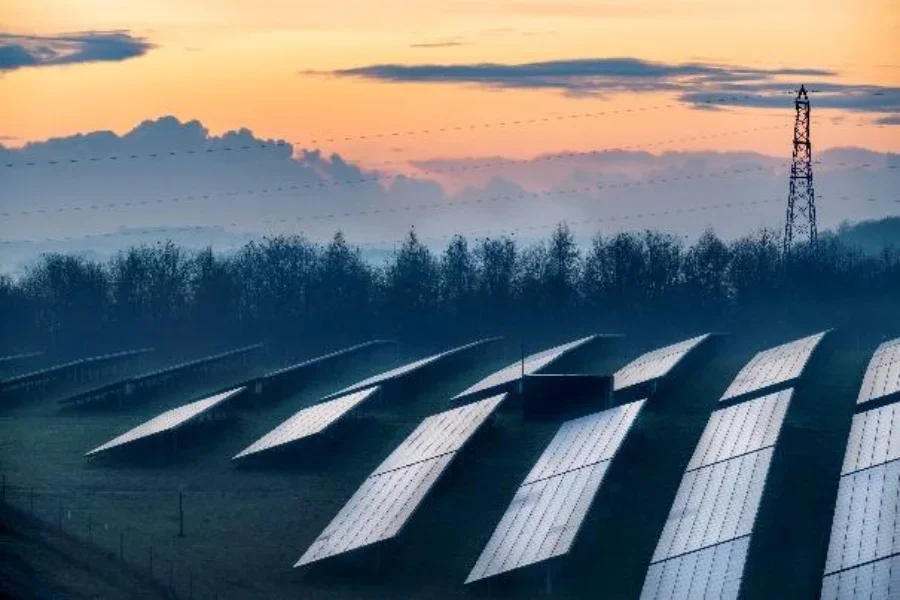In today’s energy landscape, the ability to access electricity without depending on a centralized grid is becoming increasingly valuable. Communities in remote areas, businesses seeking resilience, and households seeking independence are all exploring alternative ways to generate and store energy. Solar energy has quickly emerged as a practical choice, with providers playing a central role in making off grid and microgrid systems reliable, efficient, and cost-effective. We will explore how solar providers contribute to the expansion of these solutions, the challenges they help overcome, and the long-term benefits they create for both individuals and entire communities.
How Solar Providers Shape Off grid and Microgrid Development
1. Designing Customized Energy Systems
One of the most important ways solar providers contribute to off grid and microgrid solutions is through system design. Unlike traditional energy delivery, which assumes uniform access to a centralized grid, these setups require careful planning tailored to local needs and conditions. Providers assess available solar resources, analyze usage patterns, and determine the storage capacity required to maintain a reliable electricity supply. For a small household, this might mean balancing panels with a modest battery bank, while for a rural health centre, it could involve scaling up with larger arrays and backup options.
Providers ensure that systems are not only technically sound but also financially feasible, helping communities invest wisely without overspending on unnecessary capacity. In doing so, companies like North Valley Solar Power provide an essential bridge between theoretical energy independence and practical implementation, showing how solar solutions can be tailored to meet the unique demands of households, businesses, and communities.
2. Supplying Reliable Storage Solutions
While solar panels capture energy during the day, storage solutions are what make offgrid and microgrid setups viable around the clock. Solar providers often partner with battery manufacturers or directly integrate energy storage into their service packages, ensuring that users can access electricity even when the sun isn’t shining. This is especially critical in offgrid communities where outages could mean a lack of access to basic needs such as lighting, refrigeration for medicine, or water pumping.
By carefully matching battery technology to customer requirements—whether lithium-ion for high performance or more affordable options for budget-sensitive users—providers make it possible for renewable energy systems to deliver consistent performance. Furthermore, many solar companies incorporate smart management software that monitors storage levels and consumption, allowing users to maximize efficiency and extend battery life. This combination of hardware and digital monitoring helps ensure that solar energy remains dependable in a wide range of environments.
3. Facilitating Community Energy Independence
In regions where national grids either do not extend or are highly unreliable, solar providers help communities achieve greater autonomy and independence. By establishing microgrids—localized energy systems that operate independently of the central grid—entire villages, neighborhoods, or campuses can share resources and reduce dependence on external power sources. Providers play a vital role in coordinating infrastructure, including shared inverters, distribution lines, and communal storage units.
Beyond technical setup, they often engage with local leaders to ensure that usage policies are fair and that maintenance responsibilities are clearly understood and communicated. This approach not only reduces the risk of blackouts but also empowers communities to manage their own energy supply in a sustainable manner. In many cases, microgrids installed by solar companies also open doors to economic growth, enabling small businesses to operate consistently and reducing the cost of fuel alternatives, such as diesel generators.
4. Ensuring Financial Accessibility
Although the cost of solar technology has declined over the years, the upfront investment can still be a barrier, particularly for households in developing regions or low-income communities. Solar providers help address this challenge by offering flexible financing options, leasing arrangements, and community ownership models. Some providers collaborate with governments or non-profits to deliver subsidies or low-interest loans, making offgrid and microgrid solutions attainable for more people.
In some areas, providers also implement pay-as-you-go systems that allow users to purchase energy credits through mobile payments, aligning with how many people already manage expenses. These creative financial arrangements reduce barriers to adoption, allowing communities to enjoy the benefits of renewable energy without waiting for central utilities to expand their infrastructure. By focusing on affordability, providers accelerate the transition toward cleaner and more equitable power distribution.
4. Supporting Long-Term Maintenance and Training
Off grid and microgrid systems require ongoing attention to remain reliable. Solar providers often extend their role beyond installation to include maintenance, monitoring, and training for local technicians. This ensures that communities are not left vulnerable when systems encounter wear and tear. Providers may offer remote diagnostic tools to quickly identify issues or set up service agreements that guarantee regular inspections.
More importantly, many providers invest in training programs to equip local residents with the skills necessary to troubleshoot and maintain equipment. This not only reduces dependence on outside service teams but also creates job opportunities within the community itself. By prioritizing capacity building alongside technical solutions, solar companies help ensure that the benefits of renewable energy are sustainable over the long term.
5. Promoting Resilience During Emergencies
Solar providers also play a role in enhancing resilience during crises such as natural disasters, power grid failures, or fuel shortages. Microgrids powered by solar energy can continue functioning when the main grid goes down, providing critical services such as medical care, communication systems, and a clean water supply. In disaster-prone areas, providers often design systems with added safeguards, such as elevated installations to protect against flooding or robust mounting structures to withstand strong winds.
Solar providers are more than just suppliers of panels and batteries—they are enablers of energy independence, resilience, and community growth. Through careful system design, storage integration, financing options, maintenance support, and community engagement, they make off-grid and microgrid solutions viable where traditional energy delivery falls short. By addressing both technical and social dimensions, solar providers ensure that clean energy reaches even the most remote and underserved regions. Their contributions lay the groundwork for a future where energy access is universal, reliable, and environmentally responsible.







